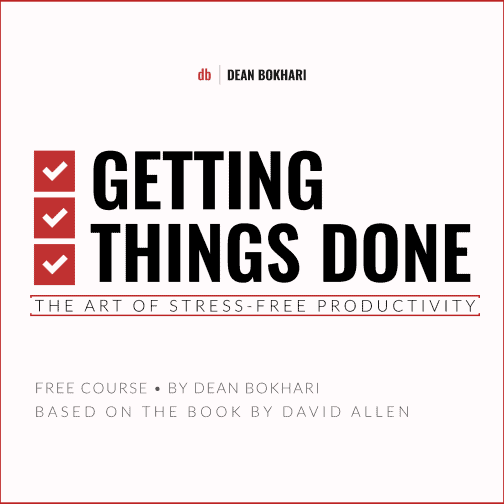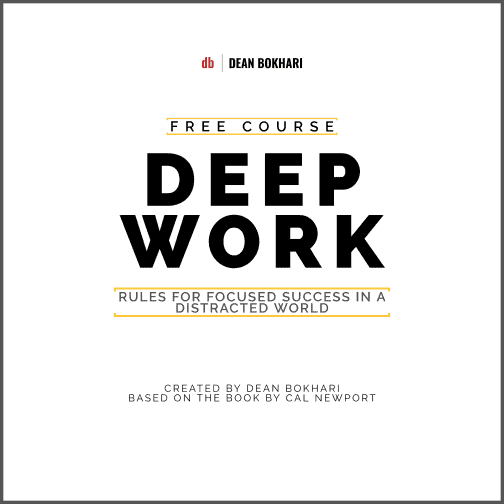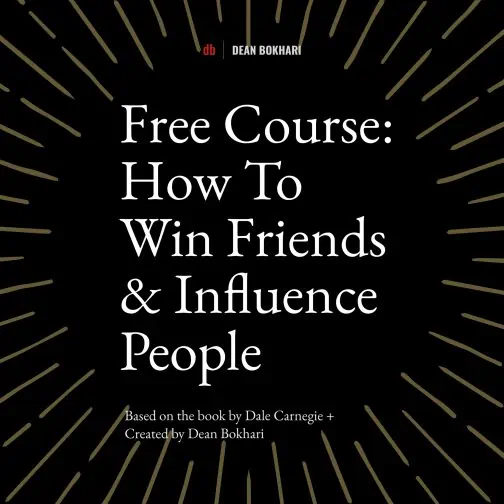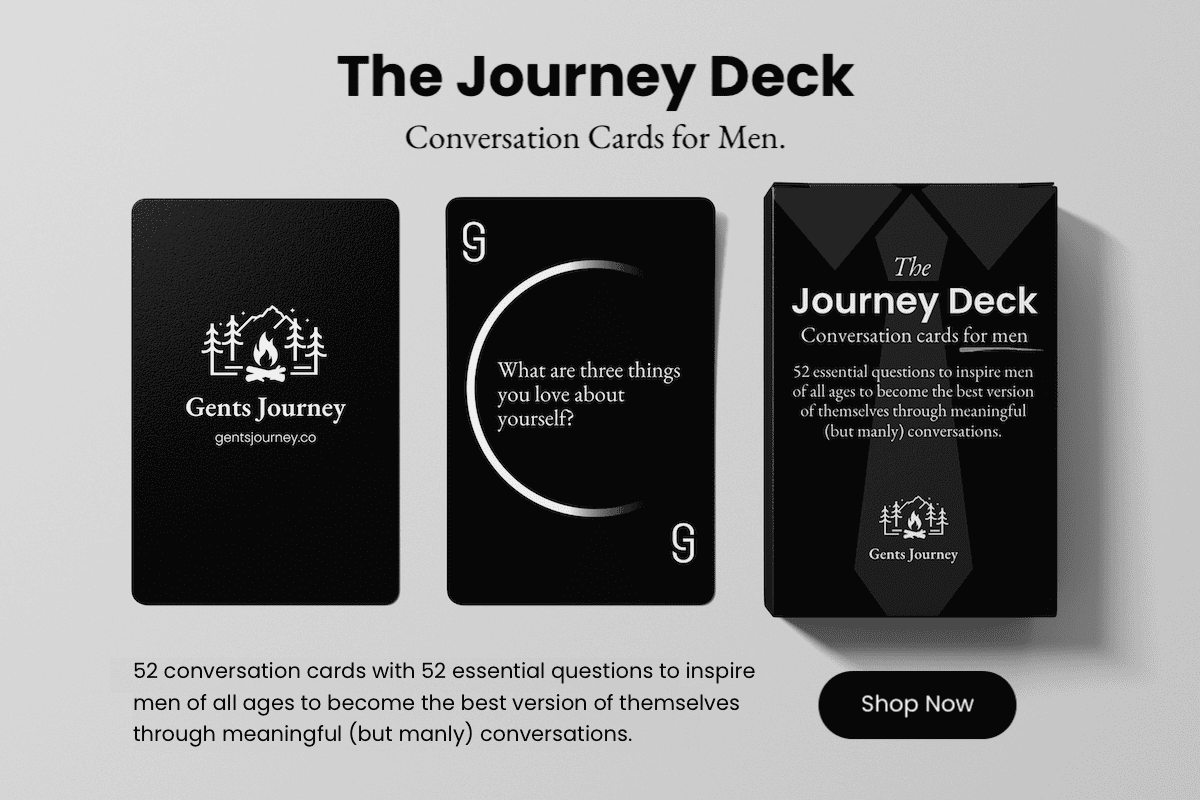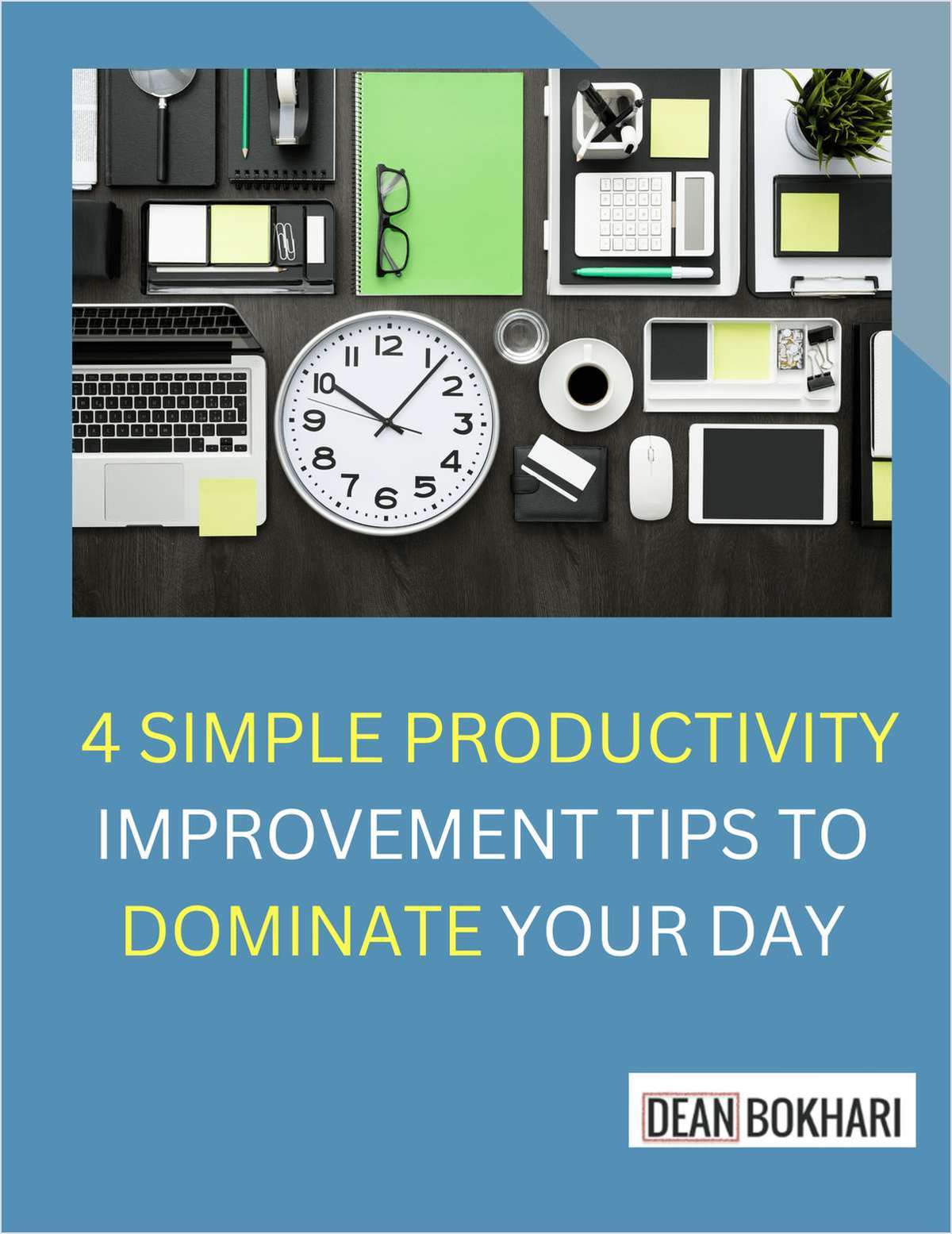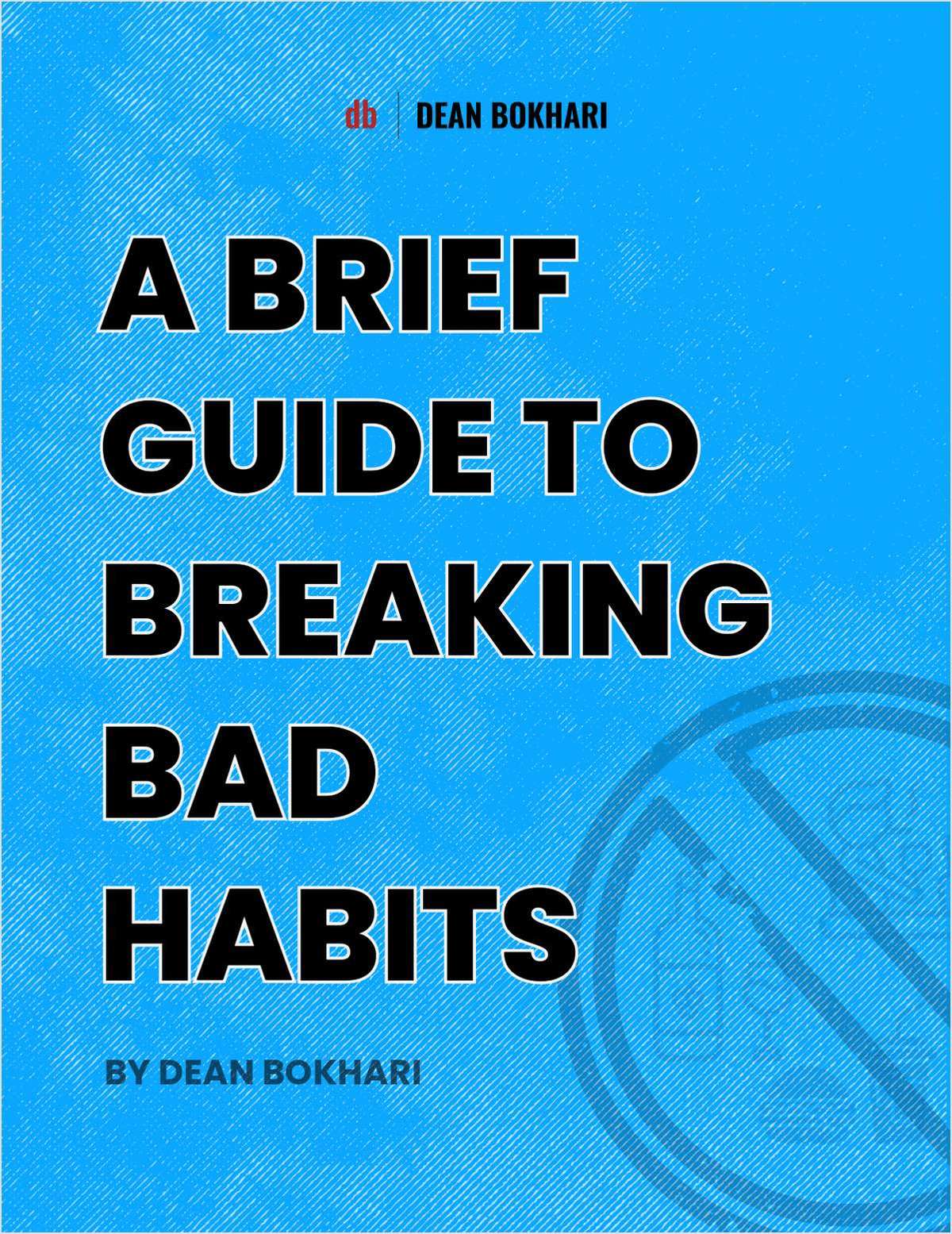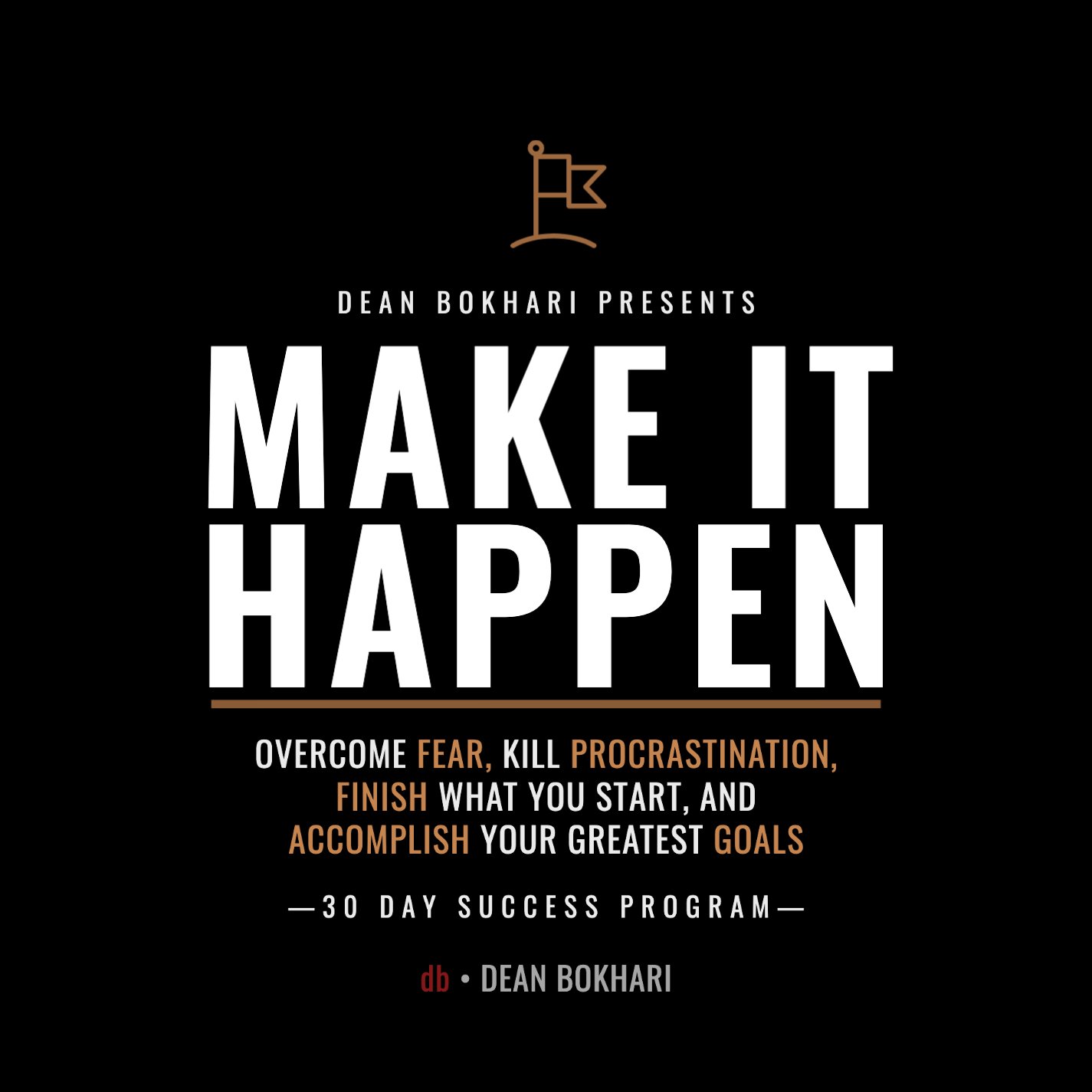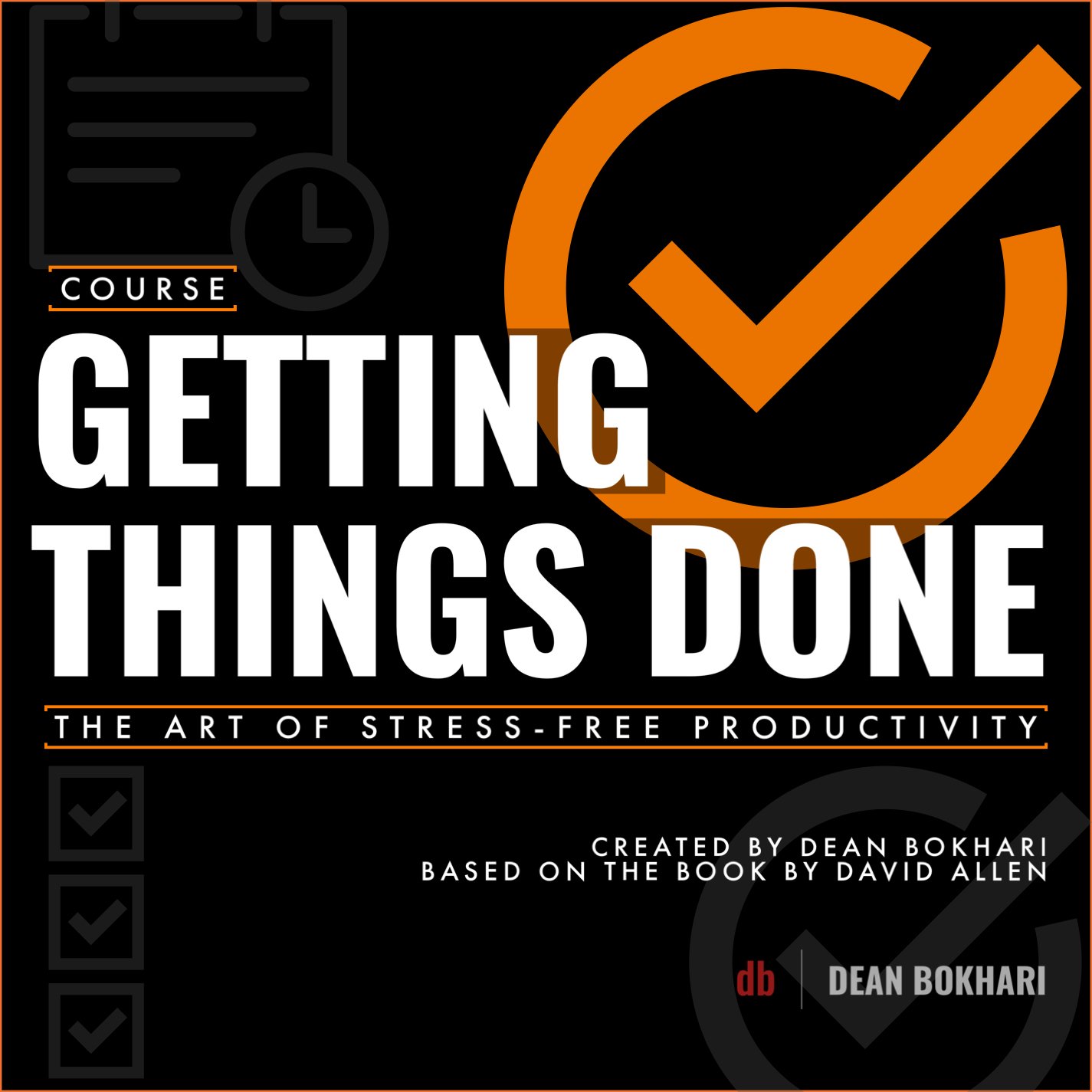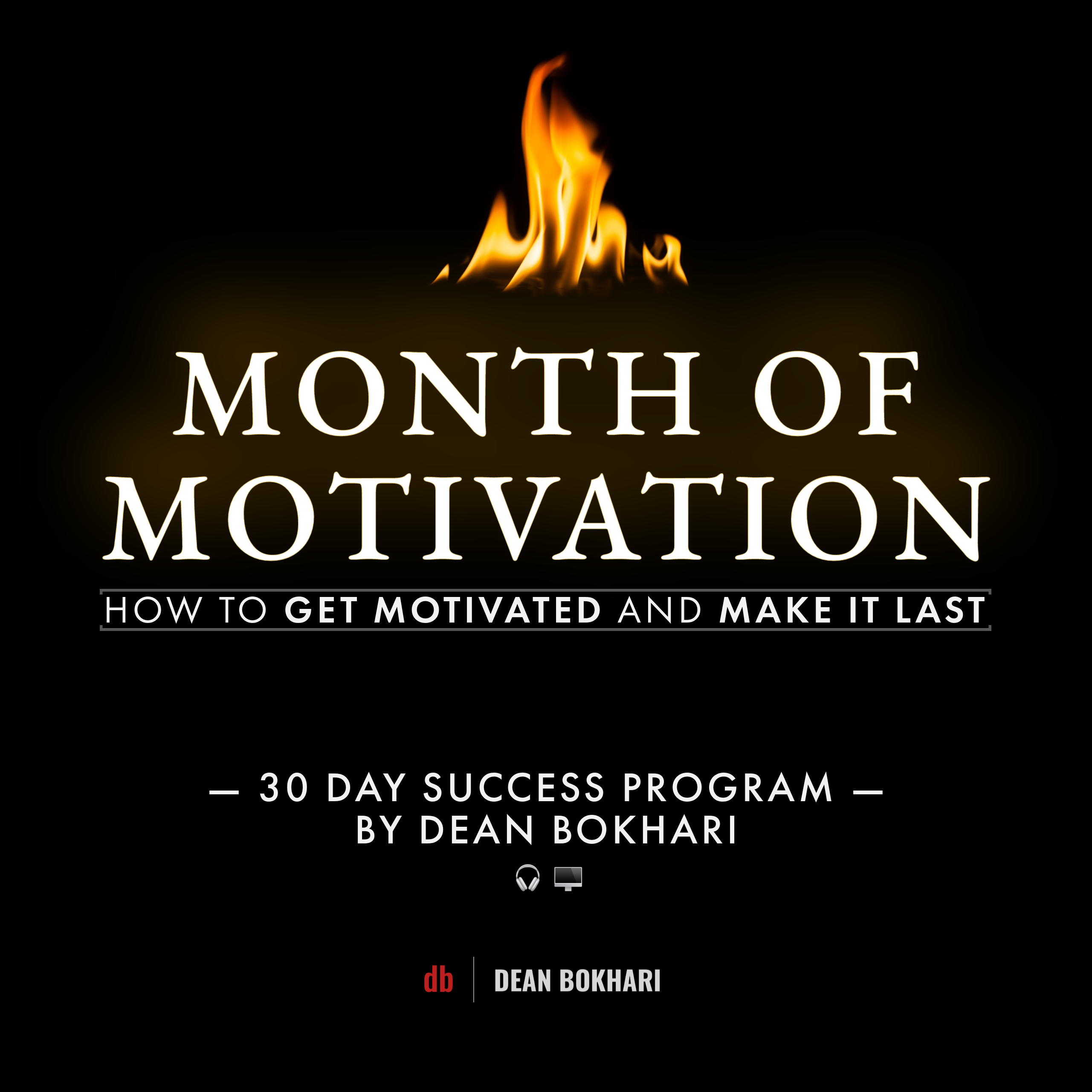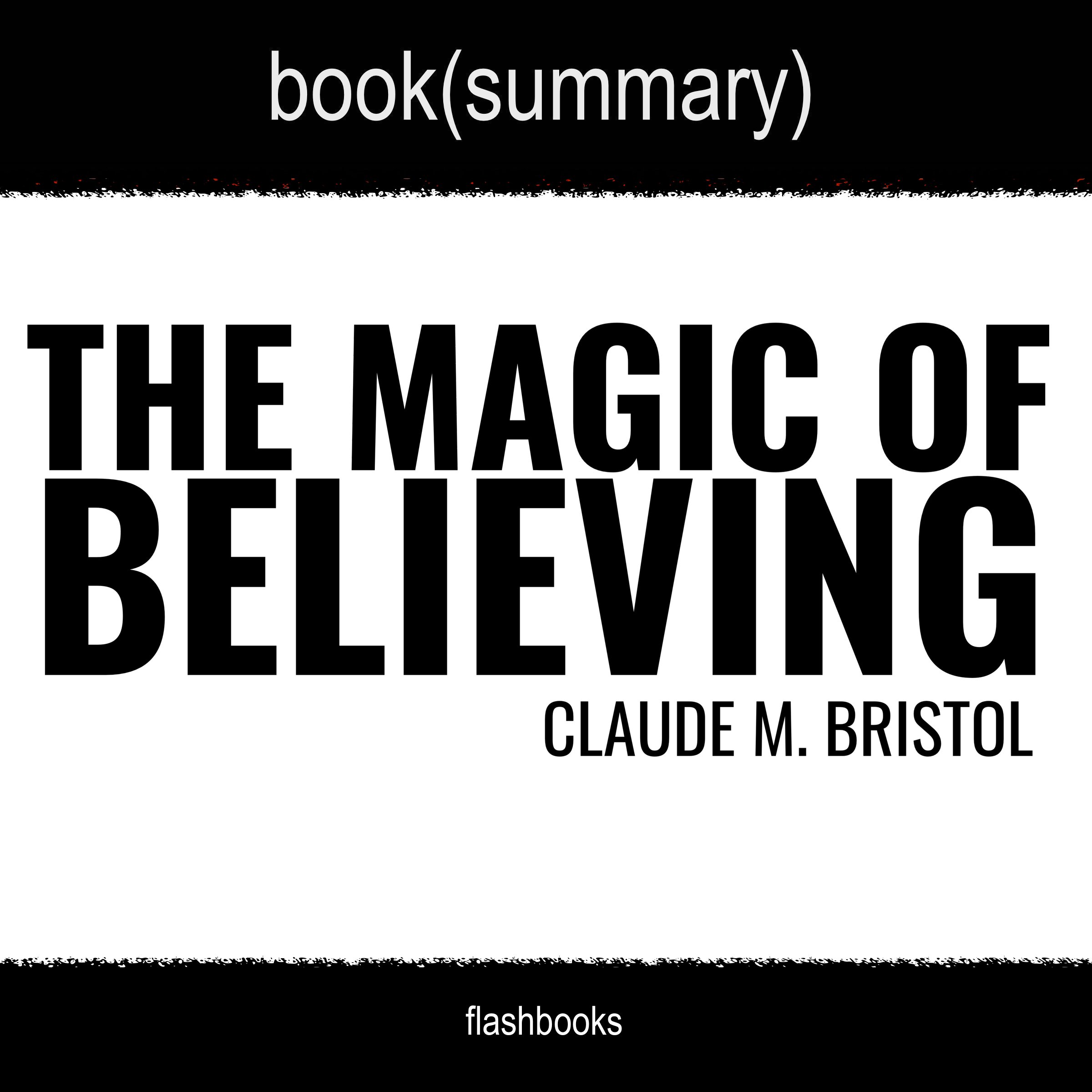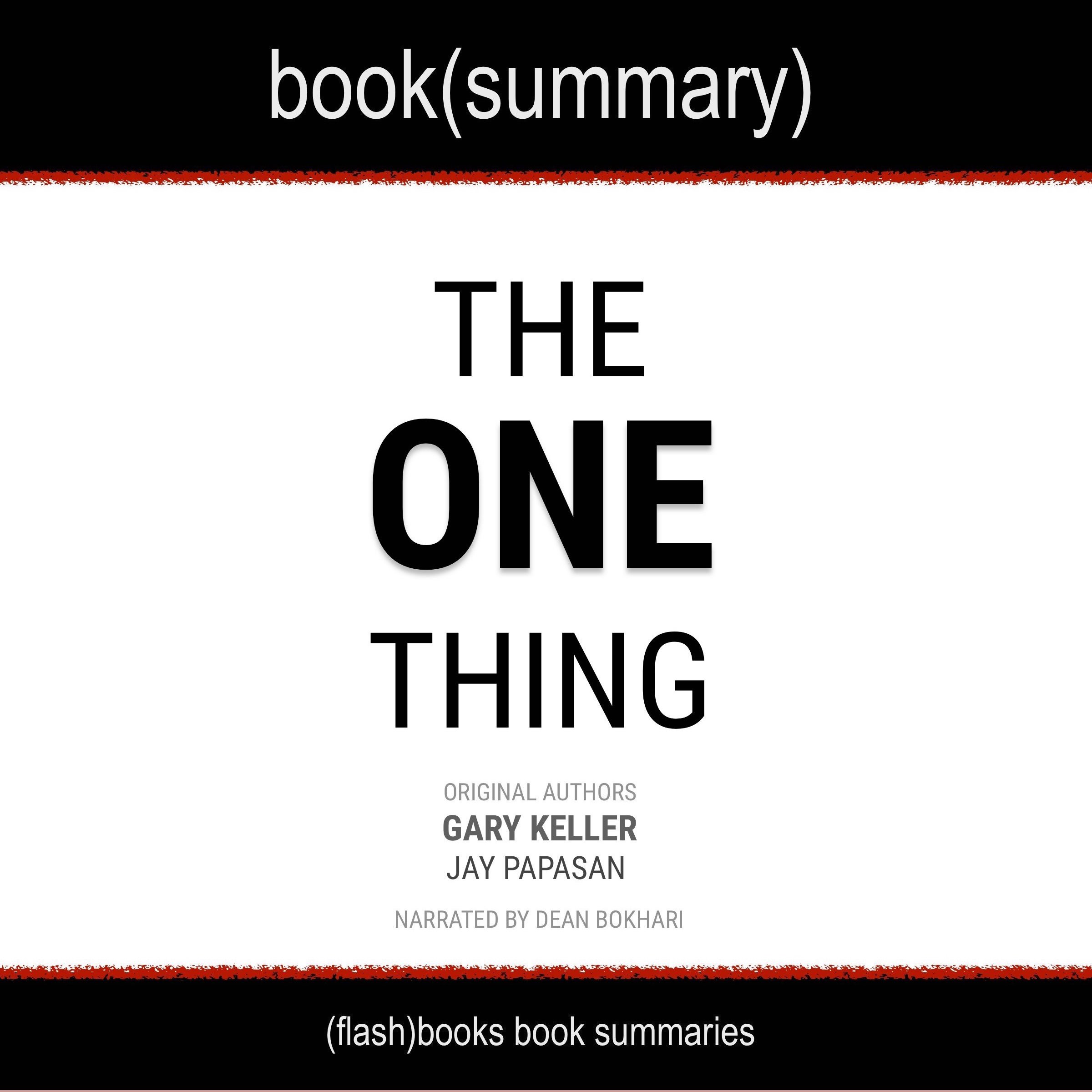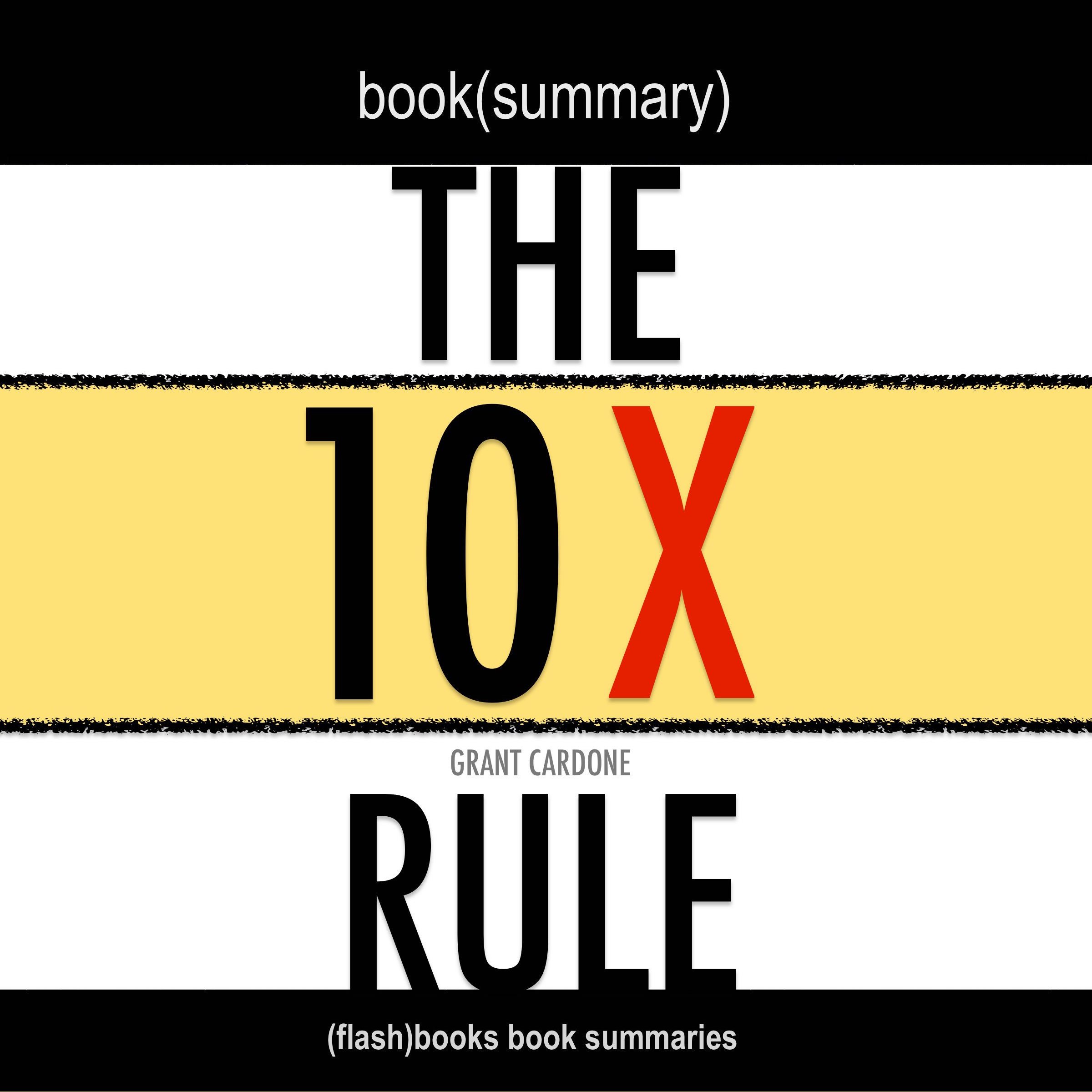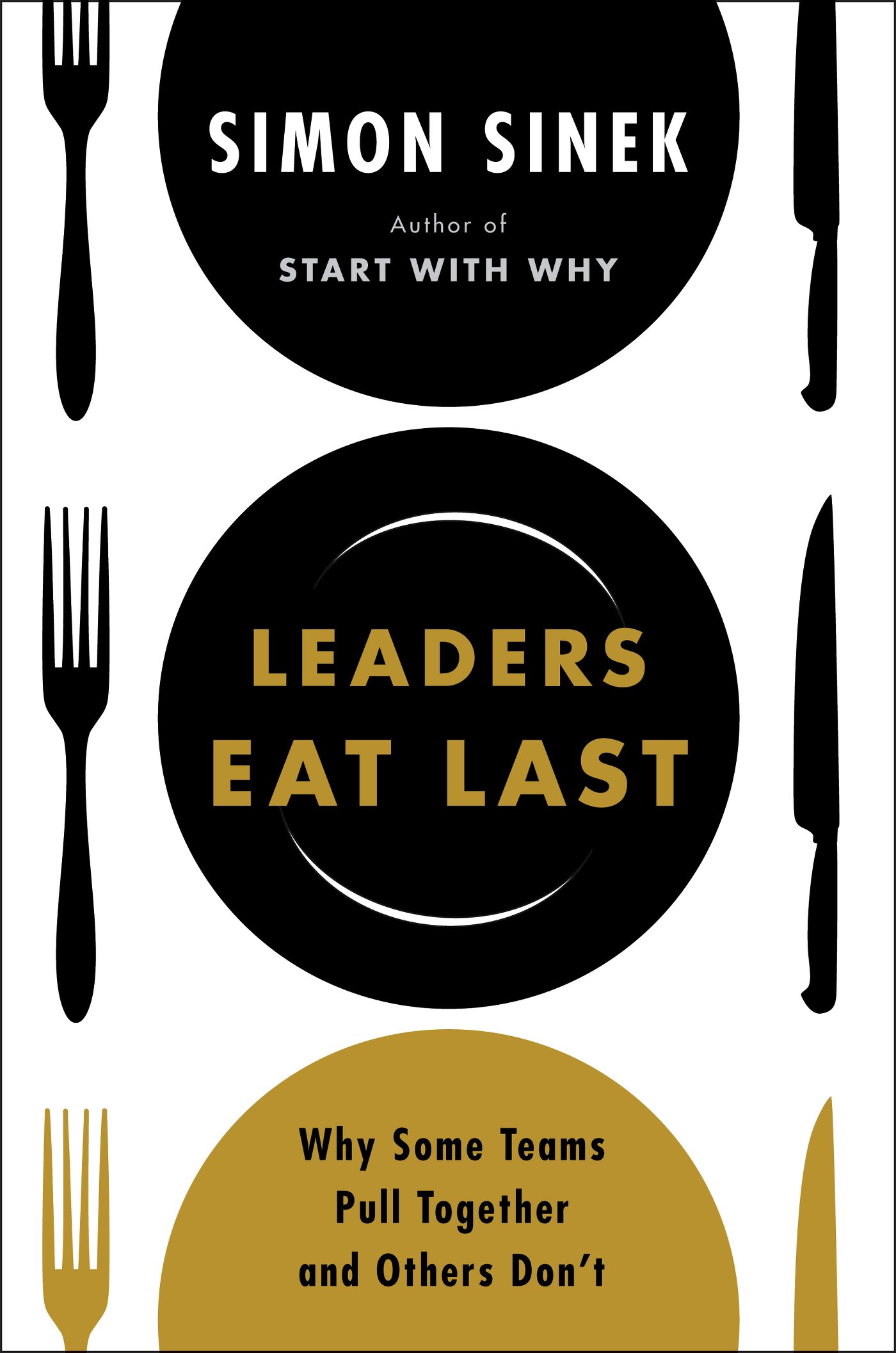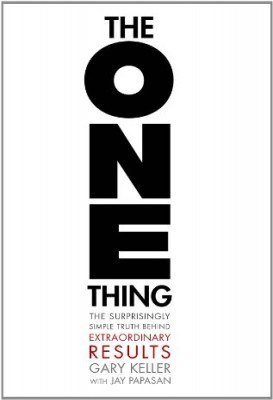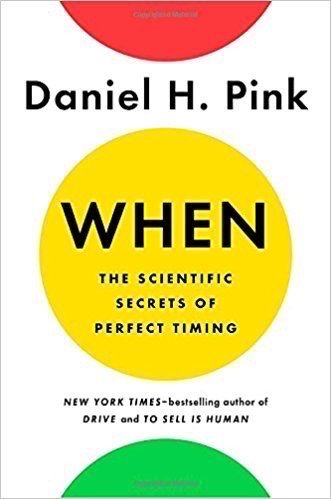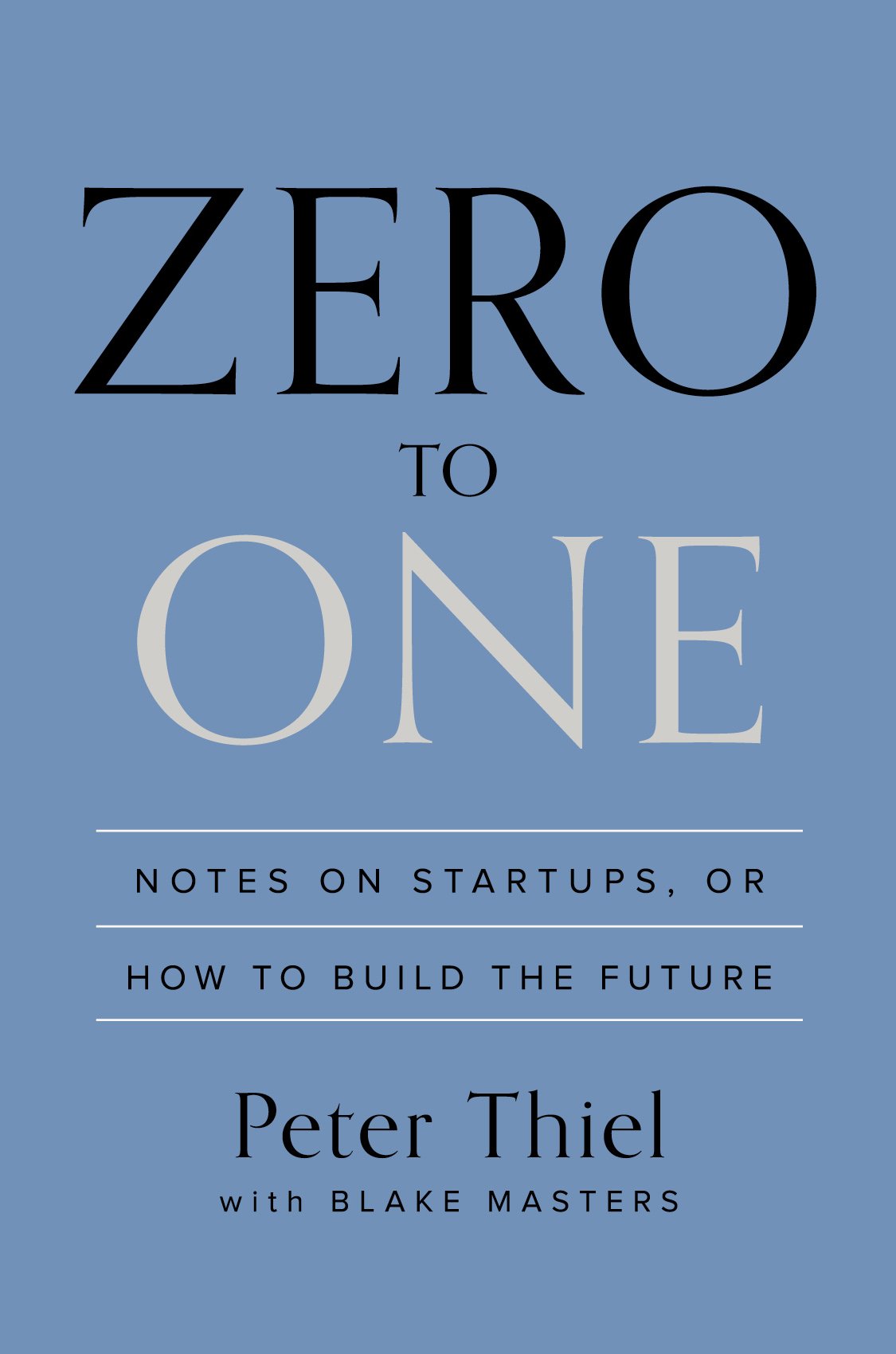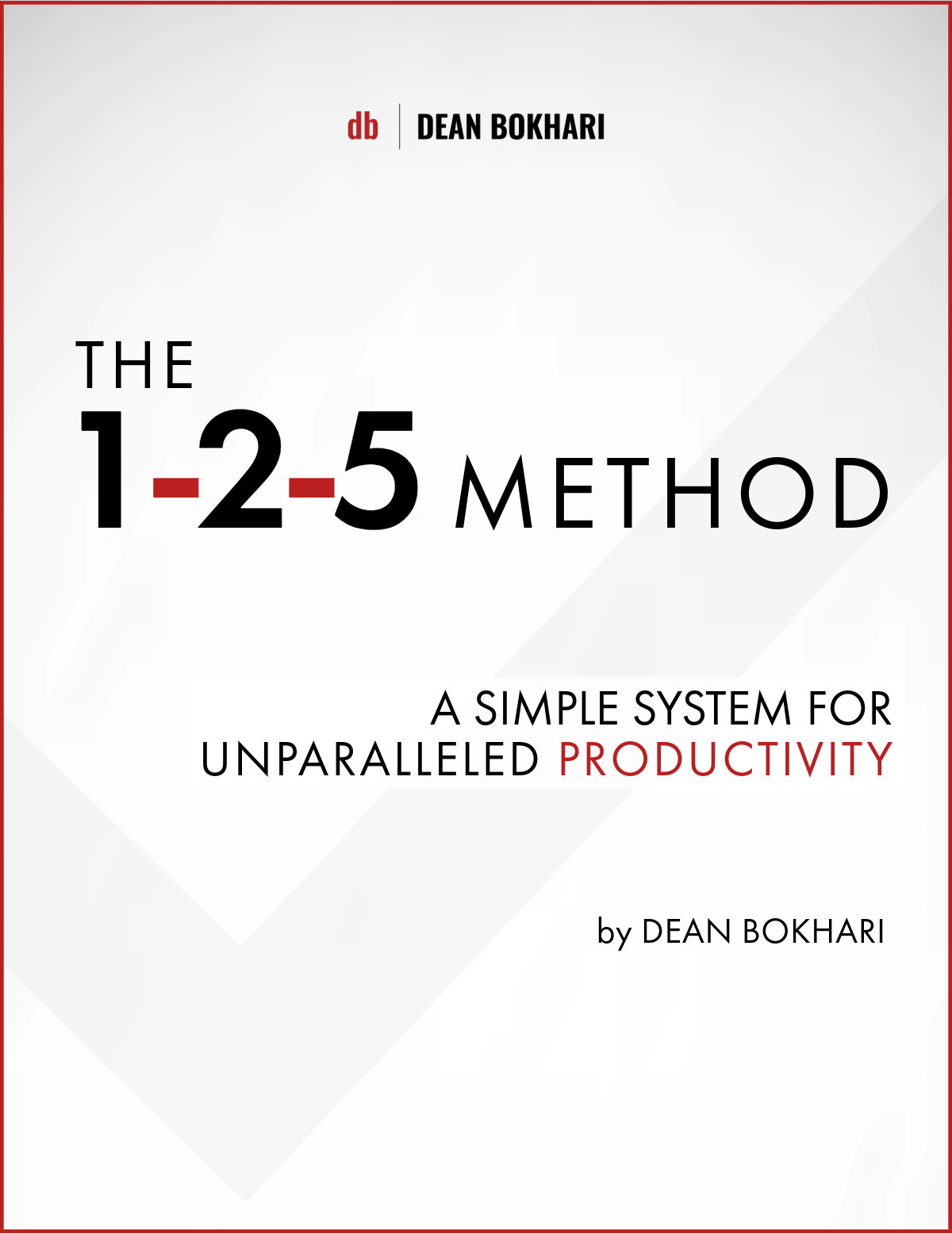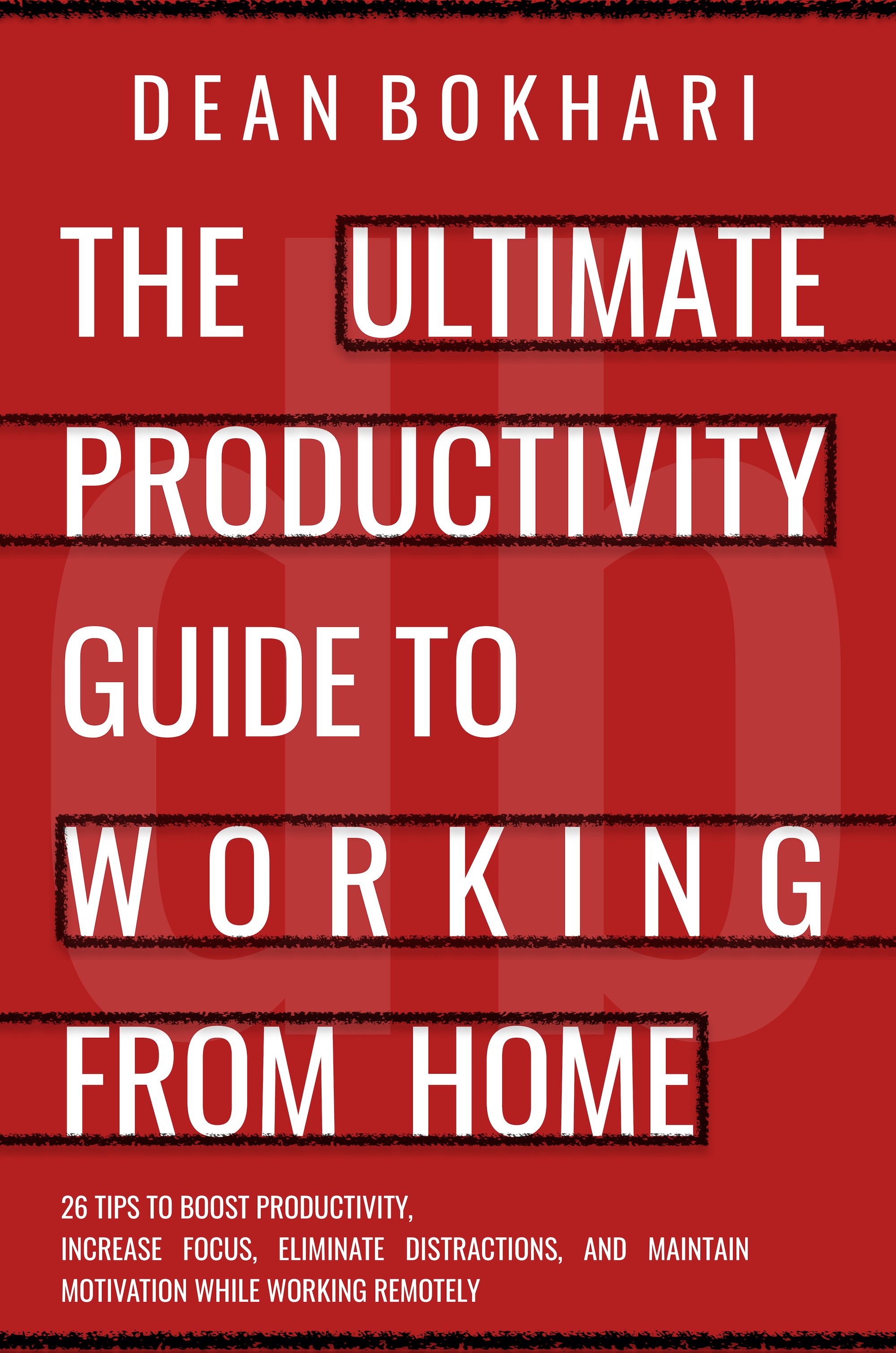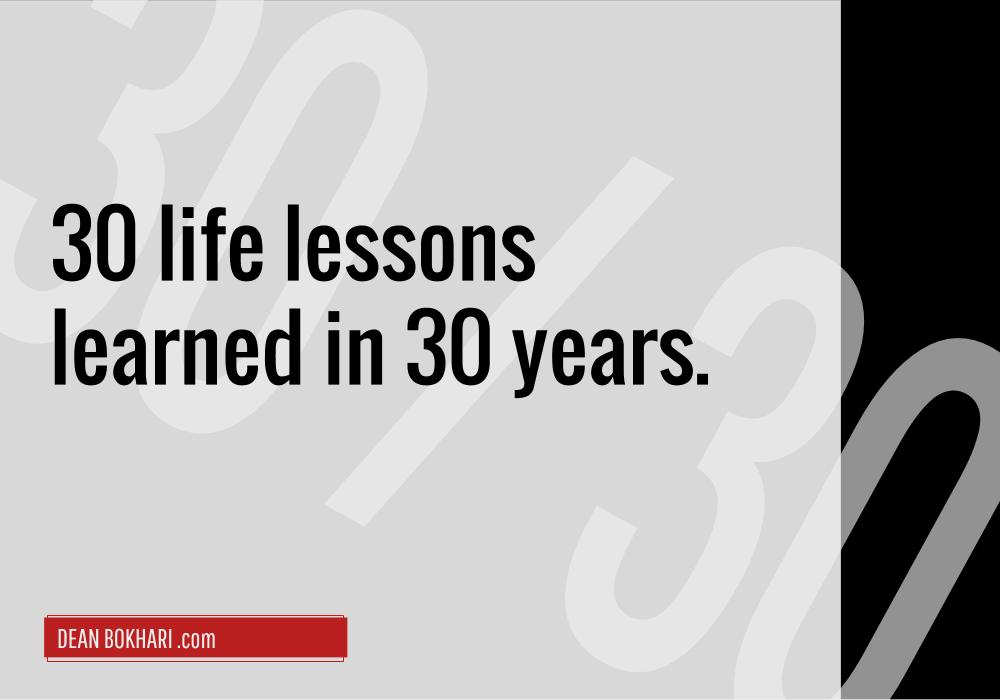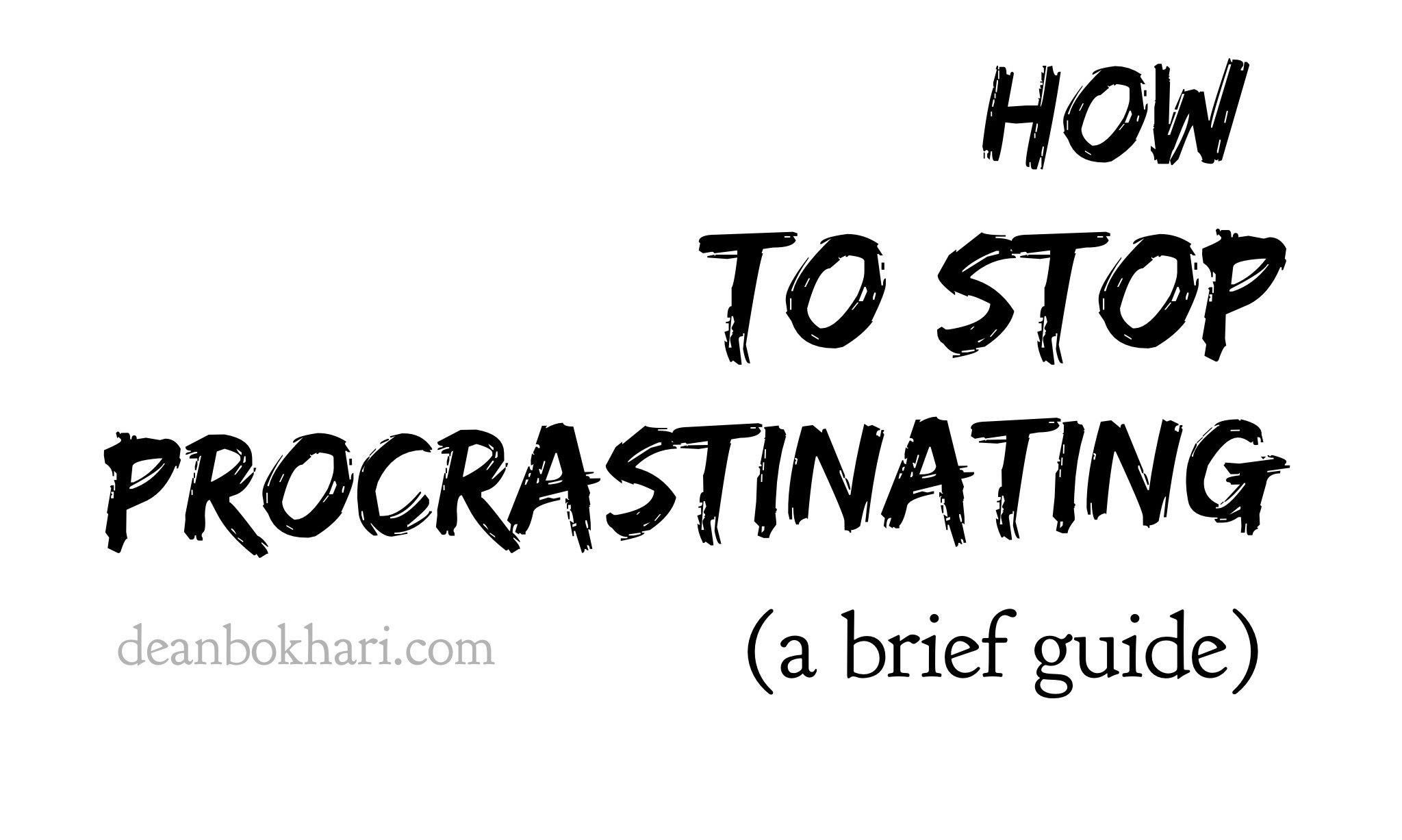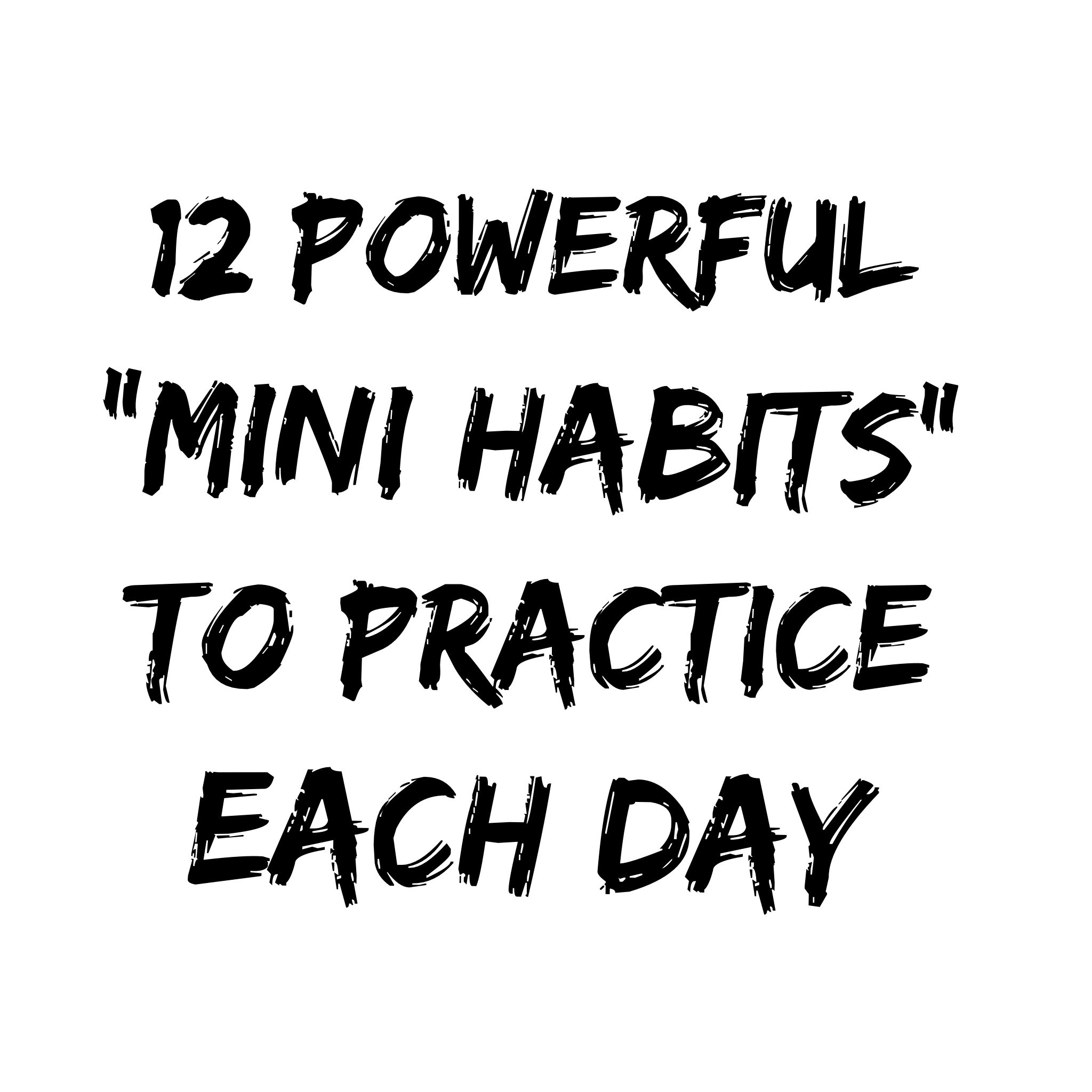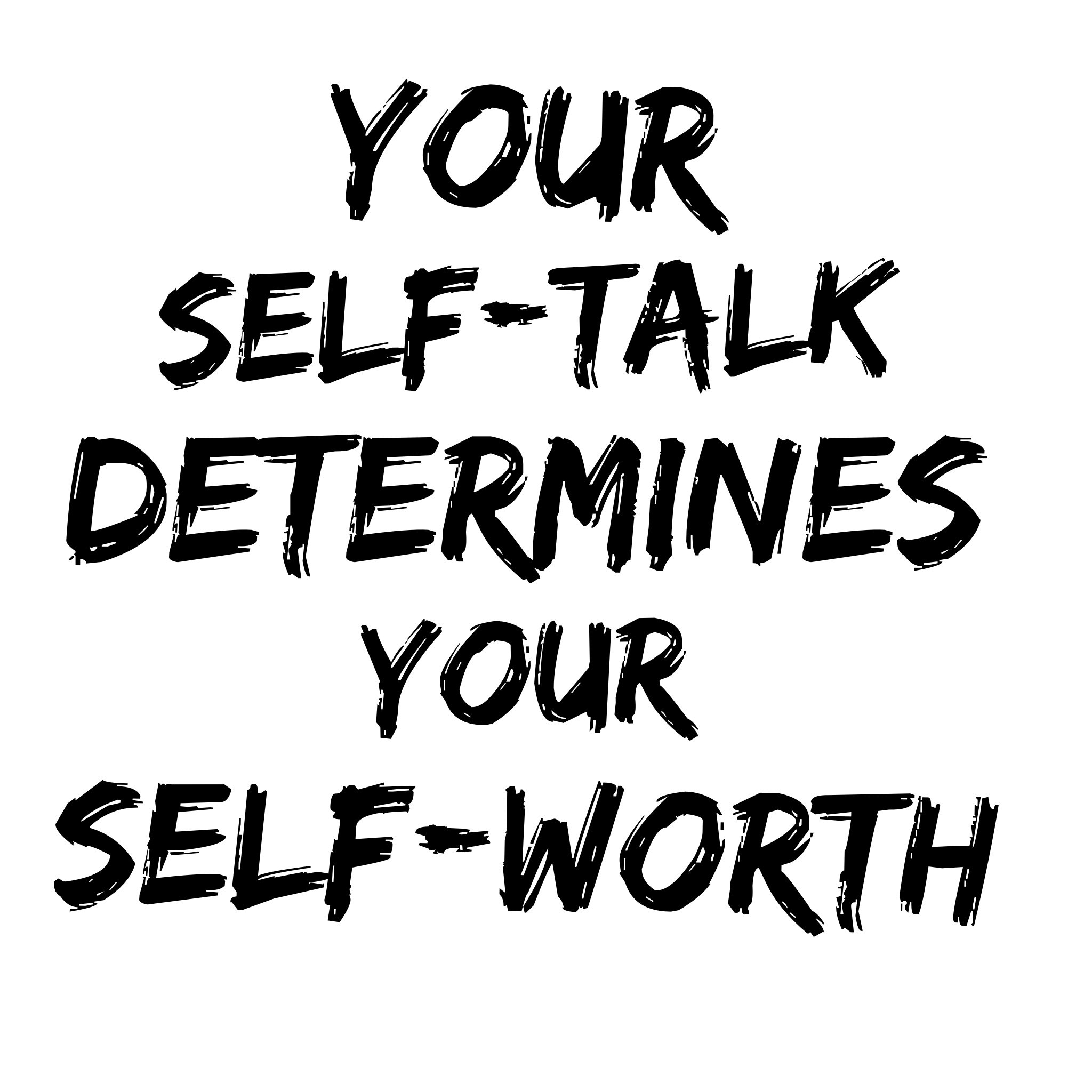Finding Focus and Clarity as a Business Owner
Collaborative Post

Running a business can feel like playing 4D chess with the greatest strategic thinkers of all time, when you’re just an average Joe, right? Between client demands, marketing campaigns and the occasional existential crisis, staying focused often feels like an impossible task, but you know what? With a dash of strategy, a sprinkle of self-awareness and a healthy dose of humour, you can carve out the clarity you need to run a successful business among all the chaos. Ready to discover how to sharpen your business mind without losing your marbles? Read on.
The Chaos Conundrum
Let’s be honest, as a business owner, your to-do list probably rivals War and Peace in length. New leads, product development, team management, bookkeeping, social media posts, website tweaks, supplier negotiations, endless email threads and the ever-present question: “What should I be doing right now” It’s no wonder you sometimes feel like a hamster on a wheel, spinning faster without getting anywhere.
The first step to finding focus is acknowledging the chaos. If you pretend everything is under control when it isn’t, you’ll just end up procrastinating amid the illusion of productivity—reorganising your desktop icons for the third time this morning, perhaps. Instead, face the mess head-on. Set aside twenty minutes to list every major project, deadline and recurring task. Getting it all out of your head and onto paper (or into a digital tool) immediately relieves mental load. You’ll be surprised how calming it feels to see the chaos externalised.
Clarify Your Vision
Focus without direction is like driving with a blindfold. Sure, you’ll move, but you have no idea where you’re going or what you’ll crash into. Spend some time defining your north star. What are your top three business goals for the next quarter or year Are you aiming to increase revenue by 20 percent launch a new product line expand into a new market or improve customer satisfaction scores Whatever your objectives, write them down in clear, measurable terms.
Consider examples such as:
- “Grow monthly recurring revenue from 30,000 to 36,000.”
- "Ship version 2.0 by September 30.”
- "Reduce customer support response time to under four hours.”
These specific targets act like signposts, guiding your daily decisions. When a shiny new opportunity pops up, you can ask yourself: “Does this push me toward goal number one, two or three” If not, it’s probably a distraction.
The Magic of TAM/SAM/SOM
Once your vision is set, it’s time to understand the scope of your opportunity. Matt Bertram’s TAM/SAM/SOM breakdown is a simple framework that helps you quantify market size and prioritise where to focus your efforts.
- TAM (Total Addressable Market): The grand total of everyone globally who could possibly use your product or service.
- SAM (Serviceable Available Market): The subset you can realistically reach given your current resources and distribution channels.
- SOM (Serviceable Obtainable Market): The slice of SAM you can capture in the near term, given your competitive landscape and marketing budget.
By applying this breakdown, you avoid the trap of chasing every conceivable customer. Instead, you concentrate on the segments that matter most. For example, if your TAM is 100 million users, but your SAM (based on geography, pricing and distribution) is only 10 million, and your SOM—what you can realistically secure in the first year—is perhaps 100,000 users, you can tailor your messaging, product features and sales channels accordingly. Clarity on these numbers transforms vague ambitions into actionable targets.
Prioritise Ruthlessly
With goals and market scope defined, you’ll notice that your project list still looks like a small novel. The trick is ruthless prioritisation. One popular method is the Eisenhower Matrix, which divides tasks into four quadrants:
- Urgent and important: Do these now.
- Important but not urgent: Schedule them.
- Urgent but not important: Delegate if possible.
- Neither urgent nor
important: Delete or defer indefinitely.
Scanning your task list through this lens reveals which items deserve your precious time. Yes, occasional firefighting is inevitable—clients will call with “urgent” demands—but if you allow every small flare-up to hijack your schedule, you’ll never make progress on the big, important work.
Tools and Tactics for Focus
We live in a sea of productivity apps, where the hardest part is choosing one without paralysis. Here are a few tried-and-tested tools:
- Notion or Asana: For tracking projects, setting deadlines and collaborating with your team.
- Trello or KanbanFlow: Visual boards that let you drag tasks through columns like “To Do,” “In Progress” and “Done.”
- RescueTime or Toggl: To monitor how you spend your computer time, identify distractions and optimise your workflow.
- Forest or Focus@Will: Gamified timers or music channels designed to keep you in the zone.
Pick one or two that resonate with you, and commit to using them. The best tool is the one you actually open every morning.

Embrace the ‘No’ Culture
One of the most potent ways to maintain clarity is to cultivate a healthy aversion to saying “yes” without thought. As opportunities, requests and invitations flood in, practise pausing before responding. Ask yourself: “Will this activity drive me closer to my goals” If the answer is no, reply with a courteous but firm “no thanks,” or “I’m focusing on other priorities right now.” You might worry about missing out or burning bridges, but the real bridge-burning happens when you overcommit and then deliver subpar results because you’re stretched too thin.
Rituals and Routines
Human brains crave routines. By establishing consistent habits, you reduce the number of decisions you need to make, freeing mental energy for higher-order thinking. Consider adopting morning rituals such as:
- A 10-minute planning session: Review your top three priorities for the day.
- A brief meditation or breathing exercise: Centre yourself before diving into work.
- A quick physical stretch or walk: Kick-start circulation and creativity.
Similarly, wind down at the end of the day by reviewing accomplishments, updating your task board and planning tomorrow’s top priorities. These rituals create natural bookends, preventing work from bleeding into personal time and ensuring you begin each morning with clarity.
Batch Work and Time Blocking
Multitasking is a myth. Your brain performs best when you focus on a single type of task in a defined time block. Group similar activities together—you might reserve Monday mornings for content creation, afternoons for client calls, and set aside one hour daily for email triage. This technique, known as time blocking, minimises context-switching fatigue. When your calendar clearly segments work types, you’re less likely to procrastinate on daunting tasks because you know exactly when you’ll address them.
Seek Outside Perspective
When you’re immersed in your business, blind spots develop. Fresh insights from mentors, peers or an advisory board can illuminate strategic misalignments and unearth growth opportunities. Schedule regular check-ins with someone whose judgment you trust. This could be a fellow entrepreneur, a coach or a mastermind group. By articulating your challenges aloud, you refine your thinking, and others can pose questions you never considered. External feedback is like a sanity mirror—it shows you what you might be missing.
Celebrate Micro-Wins
Trying to stay focused solely on long-term goals can be demoralising; the finish line feels eternally distant. Instead, carve out micro-wins—small milestones that signal forward momentum. Finished that product spec draft? Celebration moment. Signed a new client? Mini party. Solved a spreadsheet snafu? High-five yourself. These incremental victories release dopamine, reinforcing positive behaviour and motivating you to tackle the next task with renewed vigour.
Mind Your Well-Being
Focus and clarity are impossible if you’re running on empty. Entrepreneurial life often glamorises burnout, but hitting the wall helps nobody. Prioritise sleep, nutrition and movement. Even a short walk around the block can shake loose creative solutions. Consider mindfulness practices to manage stress. Apps like Headspace or Calm can guide you through quick meditations between meetings. Remember, a well-nourished, well-rested brain is your most powerful business asset.
Technology Discipline
Ironically, the same tools that promise productivity can become productivity vampires. Constant notifications, social media pings and endless Slack messages fragment your attention. Tame the tech beast by:
- Turning off non-essential notifications.
- Scheduling “deep work” periods where you silence messaging apps.
- Using browser extensions to block distracting sites during focus blocks.
- Designating specific times for email and social media.
By treating these platforms as tools rather than tyrants, you reclaim your time and protect your concentration.
Reflect and Refine
Clarity is not a one-time event; it’s an ongoing practice. Schedule a weekly review—a me-and-your-planner session where you assess progress, recalibrate priorities and purge outdated tasks. Ask yourself:
- What went well this week
- What bogged me down
- Which tasks can I delegate or eliminate
- What am I most proud of
This iterative cycle ensures that your focus adapts as your business evolves. It also cultivates a growth mindset, where continuous improvement becomes second nature.
We’re all human, and that means we all have our moments of chaos and confusion, but if you put all of the above into action, then you will find far more focus and clarity, especially when you’re running your business, and that can only lead to greater success, right?
— End of Collaborative Post —
✨ New Series: How to Become an Early Riser
- Discover key methods to make early rising a habit
- How to wake up early + energized every morning
- Morning routines for health + success
Free self-development courses
👇
Tap on any of the courses below to start learning how to:
- boost your productivity (withGTD),
- get focused (with Deep Work),
- design a successful + fulfilling life (with The 7 Habits course),
- or learn the art of influencing others (with the How to Win Friends & Influence People course.)
All for free.
👇
Free life guides
👇
Best-selling Self-development courses by Dean Bokhari
Kill procrastination.
|
Get stuff done.
|
Get motivated.
|
Connect with anyone.
|
freshly pressed:
Top Audiobooks narrated by Dean Bokhari on audible | |
Book summaries
- The Power of Habit by Charles Duhigg
- 12 Rules for Life by Jordan B. Peterson
- Presence by Amy Cuddy
- Leaders Eat Last by Simon Sinek
- The ONE Thing by Gary Keller, Jay Pasan
- Deep Work by Cal Newport


